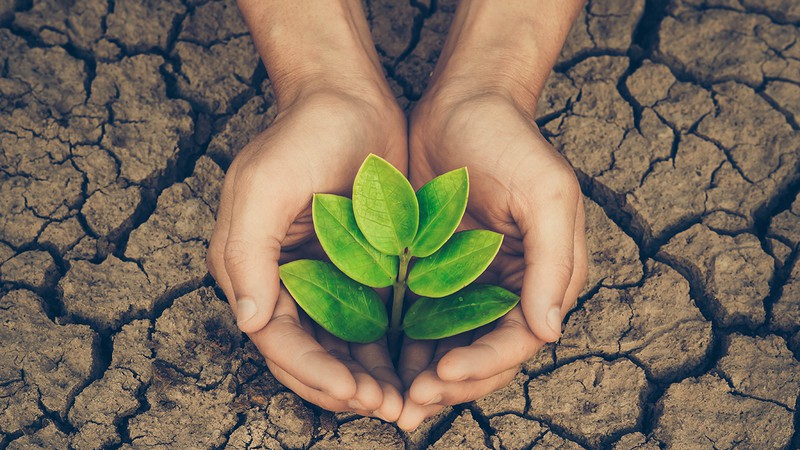
wk1003mike Shutterstock.com
In California, creatures as small as red-legged frogs and as large as sequoias are in danger of vanishing forever. Says consulting biologist Dan Cooper, “I can’t think of a single terrestrial ecosystem that’s not being stressed to the limits.” In a comprehensive feature article published Aug. 18 by the Los Angeles Times, staff writer Louis Sahagun explores the valiant effort to preserve what’s left from the effects of drying rivers and record heat.
Fish may have it the worst. The Delta smelt, a favorite of anti-environmental commentators, has likely vanished from its native Sacramento Delta; now the Aquarium of the Pacific in Long Beach keeps a school of Delta smelt alive. Near the banks of the Los Angeles River in South Gate, a 300-foot recirculating stream is being constructed to help rare native rainbow trout. And four dams across the broad Klamath River are slated for demolition, in an effort to preserve wild salmon. According to Ben Harris of the Monterey Bay Salmon and Trout Project: “Almost every hatchery in the state is facing deteriorating conditions right now.”
Biologists struggle to save the continent’s smallest mouse, the Pacific pocket mouse, which for a time was believed extinct. After the lowest western monarch butterfly count ever recorded, the Monarch River Partners planted 30,000 of the milkweed plants that these migrators require. In the Mojave, conservationists hunt for the Amargosa niterwort, a hardy little herb that survives the baking saline flats of Death Valley. The plant’s seeds are whisked to the California Botanical Garden, to what’s likened to Noah’s Ark: a seed-saving facility equipped with emergency back-up refrigeration. But is it already too late?
Read more on LATimes.com: “California builds a ‘Noah’s Ark’ to protect wildlife from extinction by fire and heat.”